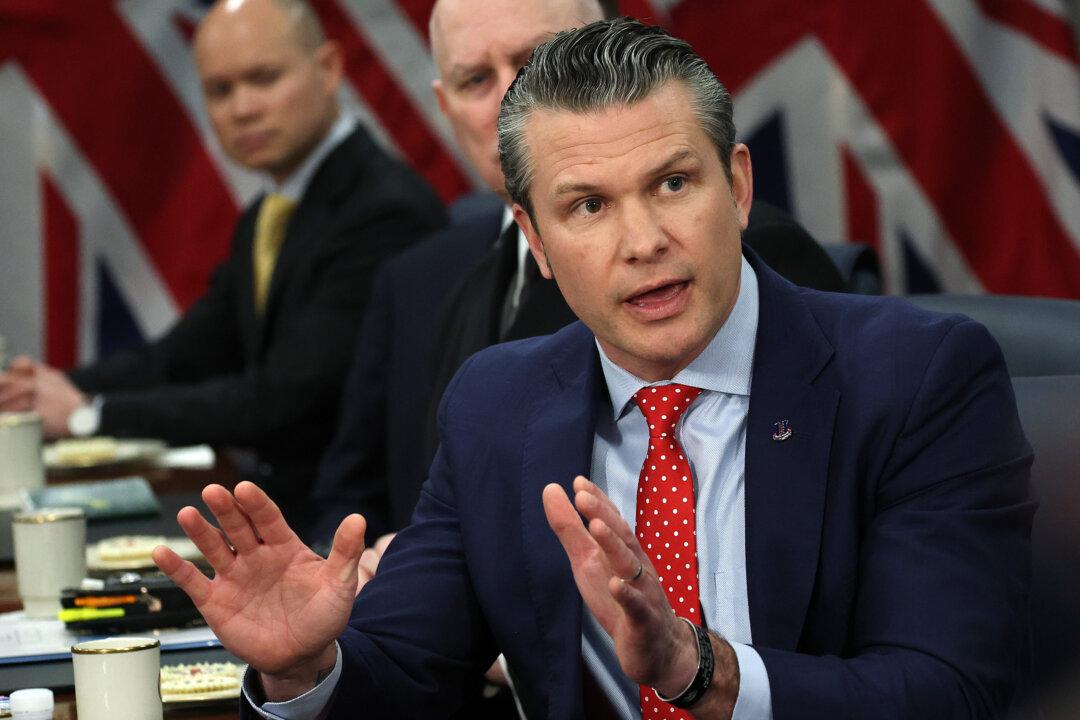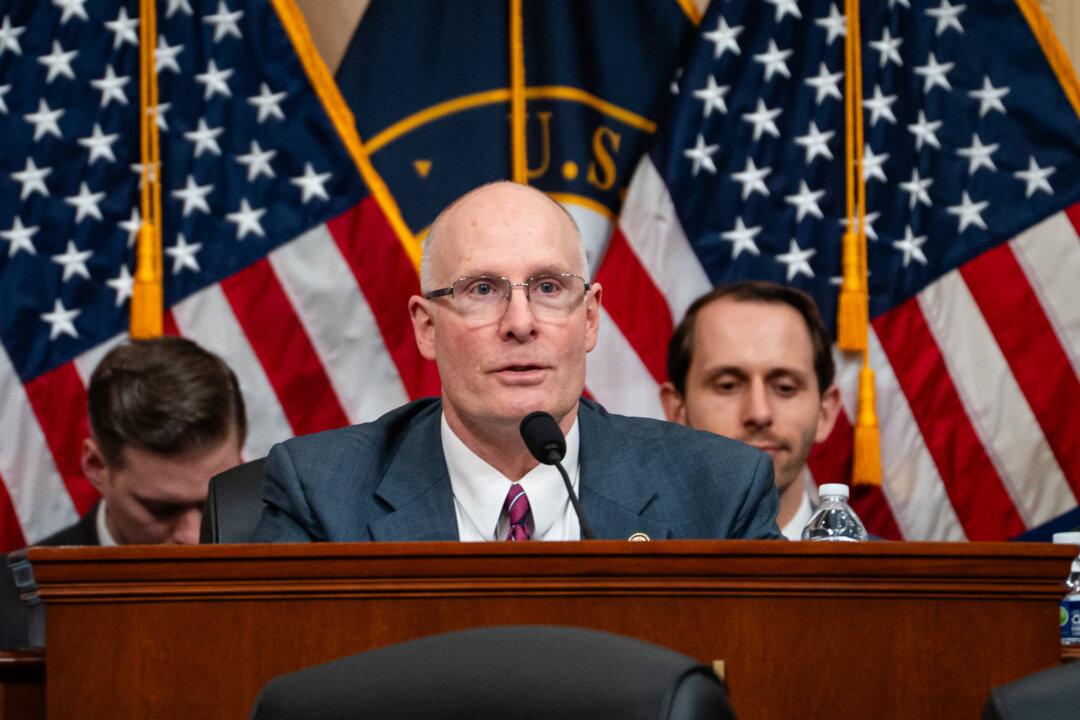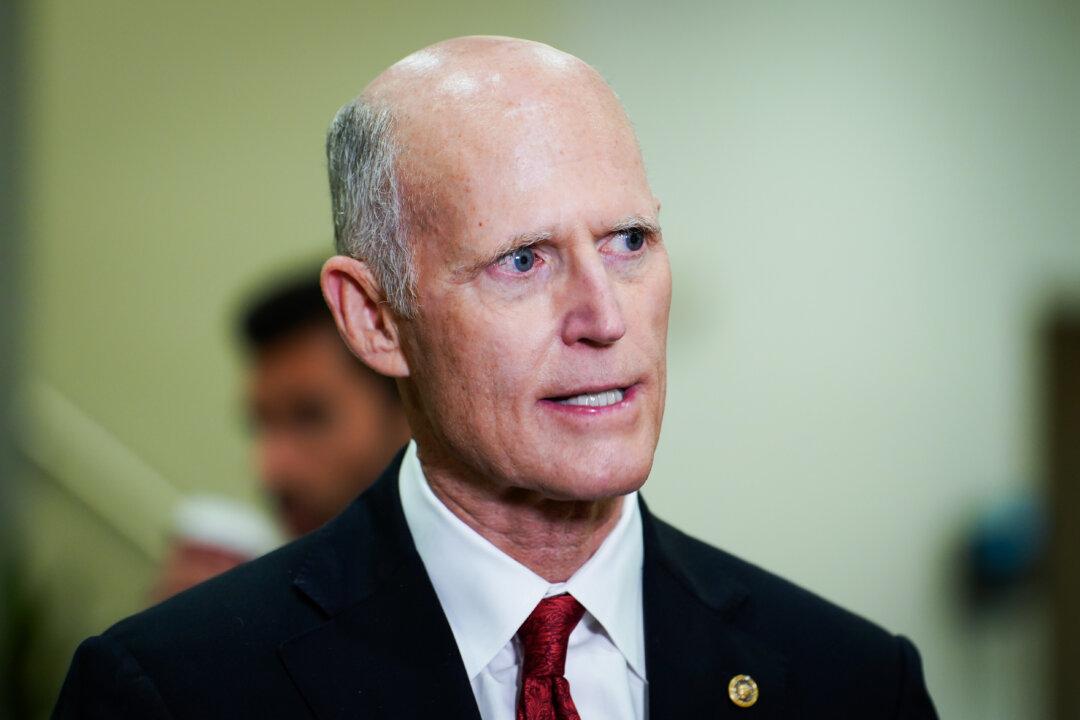A potential conflict between China and the United States could occur over Taiwan.
Defense Secretary Pete Hegseth said the U.S. military is “shifting focus over to the Indo-Pacific” to address a potential conflict against communist China.
In an
appearance on Fox News on May 19, Hegseth said the Pentagon is “laser-focused” on how the U.S. military should counter China’s military capabilities, in modern warfare that focuses on advanced technologies, including artificial intelligence and unmanned aerial aircraft.
“We’re creating dilemmas for them at every level,” Hegseth said. “They have to factor more into their calculus what we’re going to do based on the technological advantages that we have than we with them.”
In March, Hegseth
traveled to Guam, Hawaii, Japan, and the Philippines, his first trip to Asia since taking office. In Japan, his last stop of the trip, the defense secretary announced that the Pentagon had begun
upgrading U.S. Forces Japan to a joint force headquarters, saying that the upgrade would improve U.S. abilities to “coordinate operations” with Japan’s Joint Operations Command.
“It also increases our readiness to respond to contingency or crisis, support U.S. operations, and help Japan and U.S. forces defend this territory,” Hegseth
said in Japan.
“America is committed to sustaining robust, ready, and credible deterrence in the Indo-Pacific, including across the Taiwan Strait,” Hegseth said. “Japan would be on the front lines of any contingency we might face in the western Pacific, and we stand together in support of each other.”
Hegseth told Fox News that his Asia trip was a sign that the Pentagon was changing its focus from Europe and the Middle East.
“We’re paying a lot of attention to American interests in those regions,” he said. “But we’re also in real-time shifting focus over to the Indo-Pacific. You saw it with my first trip. You’ll see it with our budgets. You’ll see it with future travels, with exercises, with what we’re meeting and talking about every day at the Pentagon.
“We understand the motives, the capabilities, of the Communist Chinese, and we’re ensuring we build a military today going forward, capable of deterring that conflict. We don’t want that conflict.”
As for President Donald Trump’s remark on how he had a “great relationship” with Chinese regime leader Xi Jinping, Hegseth said he believed having such a relationship is “a good thing.”
“We’re the ones in the background trying to say we would always prefer to resolve this peacefully, but we’re going to do that by being as strong as possible to meet their threat at every turn,” Hegseth said.
Earlier this month, Hegseth
issued a memo ordering the Army to cut 1,000 jobs in what he called a “comprehensive transformation” to build a leaner and more lethal force that prioritizes defending the United States and deterring China.
A potential conflict between China and the United States could occur over Taiwan, a self-ruled island that the Chinese regime is seeking to annex. U.S. officials have
highlighted a possible
timeline of China attacking Taiwan by 2027.
In his
answers to the Senate Armed Services Committee’s advanced policy questions in January, Hegseth said the 2027 timeline “is a very real threat,” considering Xi’s words and his military’s actions.
“If he were to succeed, it would have a profound negative impact on future U.S. trade, military alliances, and influence around the world,” Hegseth said, referring to Xi.







